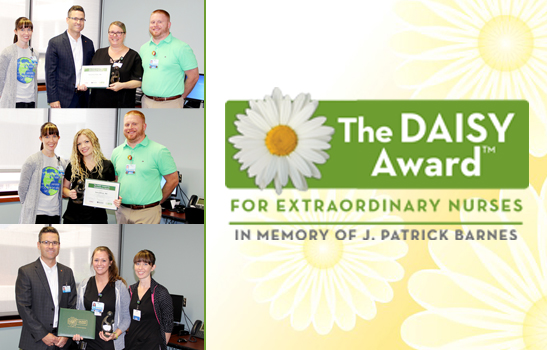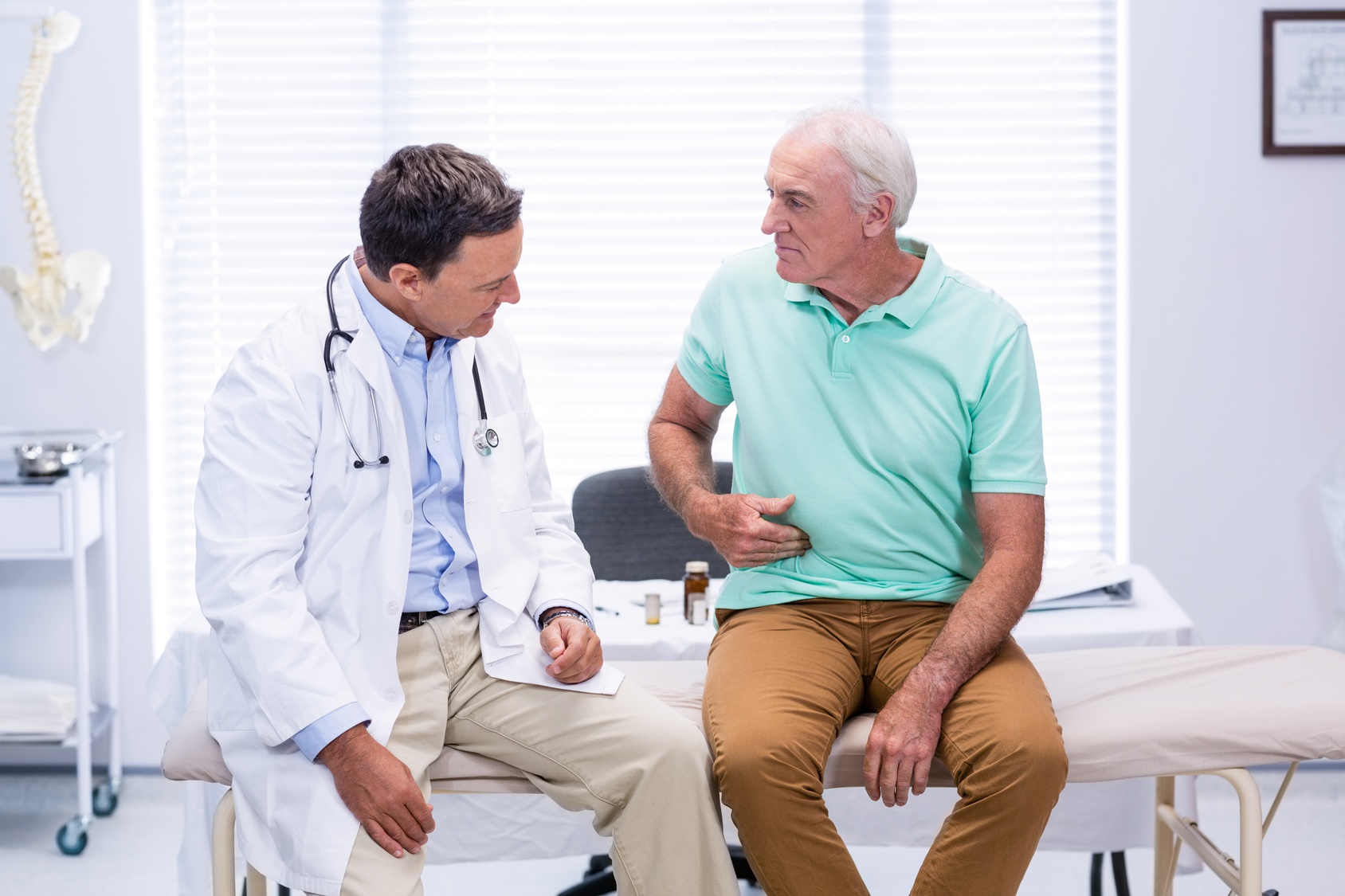Men’s tendency to seek healthcare services only in “crisis” situations – and to see themselves as strong and healthy enough to skip checkups and recommended screenings – is a behavior pointing to the leading causes of death for American men, which include cardiovascular disease, lung cancer, stroke and diabetes. The risk of developing these conditions can be reduced with a combination of a healthy lifestyle and regular medical care. Many disorders, like high blood pressure and high cholesterol, are “silent” illnesses and do not cause telltale symptoms that may lead to a doctor's visit. Routine checkups and screenings are critical for detecting hidden problems and staying healthy.
Why Screening Tests Are Important
According to the Agency for Healthcare Research and Quality, when it comes to proactive prevention and early detection, men are 24 percent less likely than women to visit a health professional for a medical appointment and 22 percent more likely than women to have neglected their cholesterol tests. The U.S. Preventive Services Task Force and other medical organizations encourage men to get regular screening tests to find serious health problems early when chances of successful treatment are best. Men should ask their healthcare provider about tests for the following:
- High cholesterol. Beginning at age 35, men should get their cholesterol checked regularly, at least every five years. Men younger than age 35 could benefit from cholesterol testing if they smoke or have high blood pressure, diabetes or a family history of heart disease.
- High blood pressure. All men should get their blood pressure checked at least every two years, or more often if recommended by a healthcare provider.
- Diabetes. Men should schedule a blood glucose test for diabetes if they have raised cholesterol or high blood pressure. They should also have this test if they notice signs of diabetes, including frequent thirst and urination, extreme tiredness and blurred vision. Healthy men, starting at age 45, should get screened every three years.
- Colorectal cancer. Screenings should begin at age 50, or earlier if there is a personal or family history of colorectal polyps or colorectal cancer. Colorectal cancer screening can be done with either an annual fecal occult blood test or colonoscopy every 10 years.
- Speak with a healthcare provider about screening. The age at which men begin screening depends on several things including family history and ethnic group. The healthcare provider will decide which screenings, if any, are best for each man’s situation.
Take our free online health assessments today.
Motivate Men to Have More Self Love
Men who go to the doctor’s office for physical pain-related needs often do so either because extreme pain directly affects their quality of life or because a loved one prompts them. Encourage all of the men in your life to put their well-being first. Above all, let them know that what makes a man a man is not how strong he is, but how much stability he gives others. By prioritizing their health, men, in turn, offer well-being to their entire family and those they love. When they’re tempted to delay a medical visit, prompt the men in your life to think about their value as a provider, caregiver and role model.
Looking for a Freeman primary care provider? Freeman Physician Finder, 417.347.3767, can help.
About the author
Ashley Southern, MSN, FNP, Freeman Urology Associates, devotes as much time as necessary to provide patients the opportunity to express their concerns and get their questions answered. The team at Freeman Urology Associates, including Dr. James Frogge, places a high emphasis on patient education to ensure patients have a clear understanding about their particular condition. For more information on the quality services provided at Freeman Urology Associates, please call 417.347.3703. No referrals needed.

 As a result, they ignore opportunities to find and deal with medical problems in their early stages when many conditions are more treatable and less threatening to overall health.
As a result, they ignore opportunities to find and deal with medical problems in their early stages when many conditions are more treatable and less threatening to overall health.








